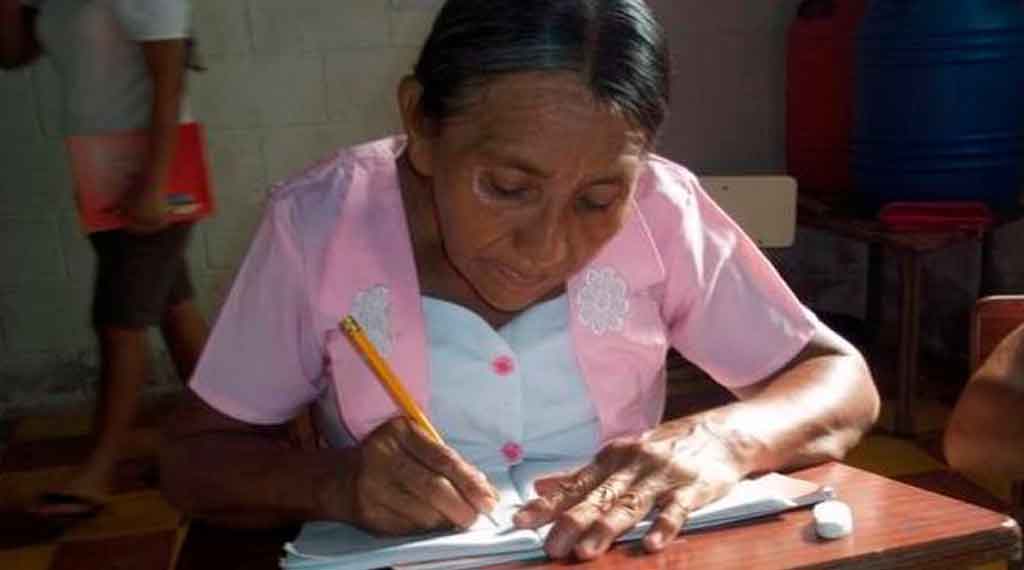According to the EHPM, 9.3 percent of the population does not know how to read or write. So 503,101 Salvadorans over 10 years of age lack those skills in the 21st century.
In this situation, 27.7 percent of people over 60 years old stand out, representing 260,446 illiterate elderly people, followed by the age range between 30 and 59 years old with 205,081 illiterates.
According to the EHPM’s 2023 findings, illiteracy is reflected in a larger proportion in rural areas of the country, and is concentrated in the older age groups, with an illiteracy rate of 44.6 percent for the population over 60 years of age, the study added.
In the countryside, 15 of every 100 people are illiterate, while in the city, six of every 100 can’t read and write.
The gender gap stands out in this situation.
Older women constitute 31.7 percent of the illiterate population, compared to 22.2 percent of men over 60 years old.
Despite the prevalence of the problem, the survey conducted by the Central Reserve Bank since the General Directorate of Statistics and Census was dissolved shows a drop in the illiteracy rate for the second consecutive year when the rate fell from 10 percent in 2021 to 9.7 percent in 2022.
jg/abo/mem/lb









